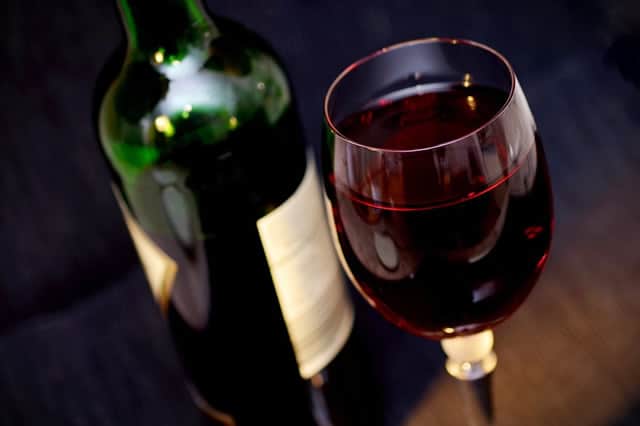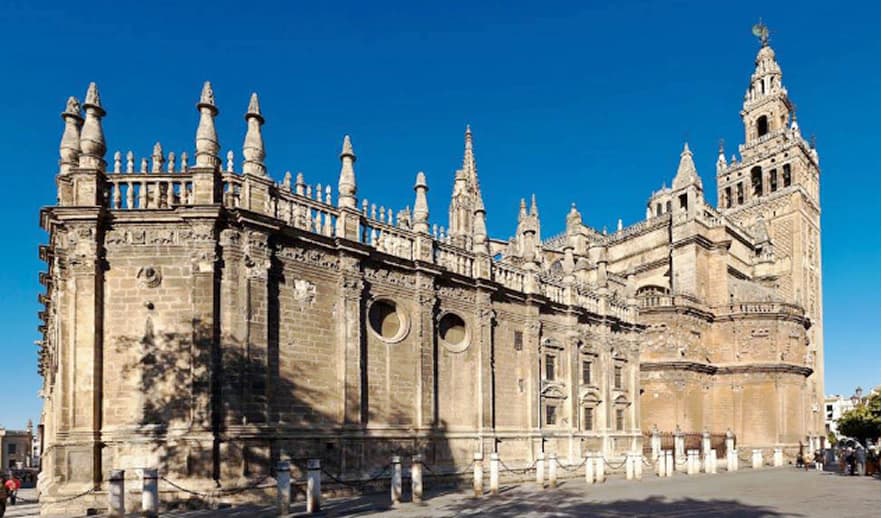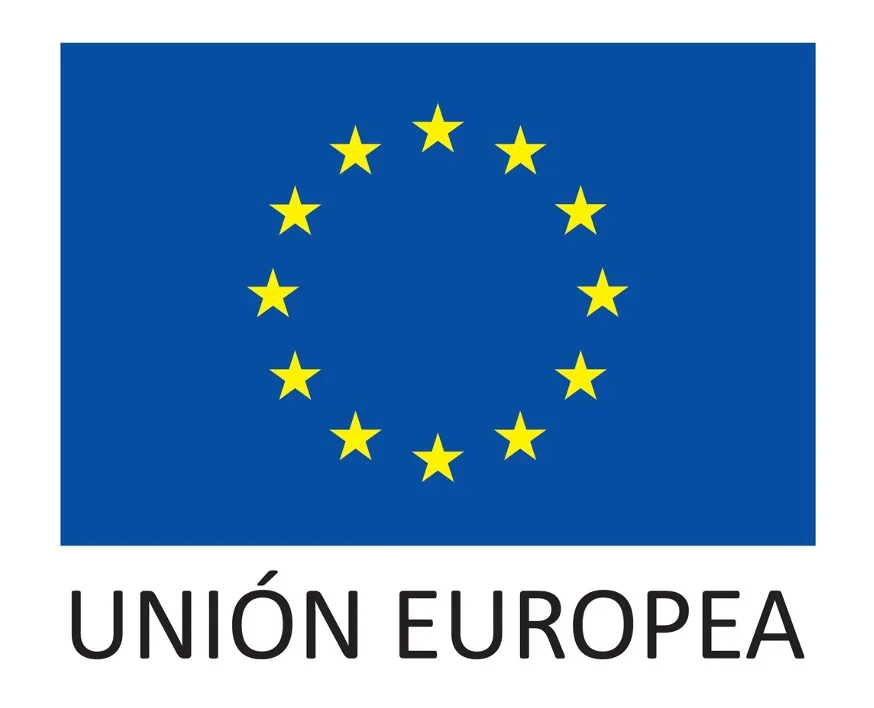
El Carambolo
Treasure
Stories of lost treasures,legends,lost cultures and civilizations, often feed our imagination and sometimes our greed. The Tartessos treasure is one of them.
Tartessos was an ancient culture that dominated western Andalusia, with great stability and prosperity dominating the trade in the area. Its roots are not clear, for some it was an Indo-European tribe that emigrated to the Iberian Peninsula, for others it was the same Turdetans, for another a culture that emerged on the banks of the Guadalquivir, and for others a reminiscence of a great culture that could have been Atlantis. The medallion found by Professor Juan de Mata Carriazo, the “Bronce Carriazo” directly relates Tartessian art and the native of the Hindustani area.
The Tartessians operated from Tharsis in the province of Huelva and were capable of trade, having dealings with the Phoenicians who had settled in the peninsula, trading in furs, purple dyes, metals… Their city centre enjoyed great prosperity, with built houses and sanitation systems. But the Phoenicians tried to strangle the Tartessian economy by reducing the demand for the products they traded with, which would lead to a reduction in their value… The Tartessian king, Argantonio, negotiated a commercial treaty with the Phoenicians, threatening to expel them from the territory, but they refused… The winds of war were blowing…
Argantonio established a plan of attack that would be to divide his army in two and to assault Gades and Híspalis -Cádiz and Seville, respectfully-. He would lead one army and the other would be commanded by his son Terion. Phoenicians decided to attack the capital, the city of Tartesos. They went up the Guadalquivir in their ships and saw how the city was unguarded, the armies had marched and had no guard. They attacked and set fire to the city… It was a massacre in which old people, women and children, who were the only inhabitants, died.
Argantonio’s army saw the glow of the flames and understood the Phoenician attack, the Tartessian cavalry advanced while the soldiers, on foot, ran to the capital. The trained and strategically placed Phoenicians quickly finished off the tired soldiers…
A messenger from Argantonio’s army warned Terion in command of the second body… Argantonio had died along with all the citizens of Tartesos and the king’s army, all dead…
At his feet he placed a cloak which, when unfolded, revealed the king’s jewels, he was now the king and as he put them on he started shouting: “Revenge! Revenge!” and they headed for Hysphalis, the Phoenician city.
When they reached the area of Castilleja de la Cuesta, he ordered them to camp there. From this elevated location they could see the whole Phoenician city, the river and the ships of the invading army. The custom said that the king of Tartesos could not enter into battle wearing the royal jewels and as he had no heir they decided to hide them in a clay pot that they hid in the forest and when they returned they would take them again .
After arousing the Tartessian soldiers, they started to march in the heat of battle… Terion died in it but they won and Hippalis fell next to the primitive culture. After them they started the march to Gades which would also be conquered… Far from founding new cities they repopulated the conquered ones to the Phoenicians with whom later, with their women, they would blend the cultures…
Three hundred years of peace came to the peninsula, the Greek tradesmen who found a very advanced culture and who had as their capital Hyspalis.
On September 30, 1956, in Camas, between this Sevillian town and Castilleja de la Cuesta, in the Cerro del carambolo, some workers found some amphorae. When they broke it, the treasure hidden by King Terion appeared, the Treasure of the carambolo that had waited for millennia until it was found.


